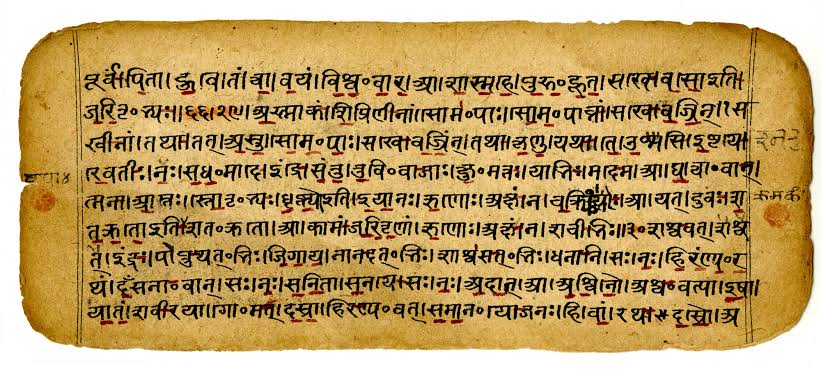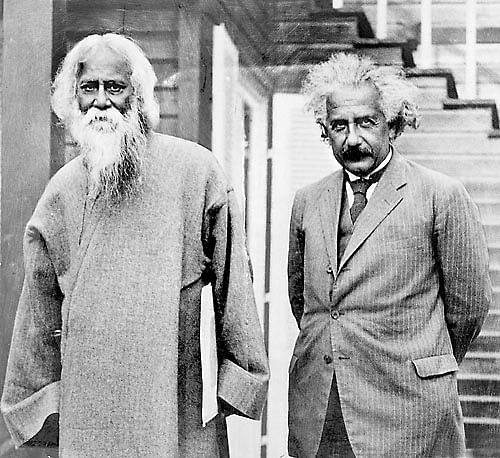
wish u all Happy #Gangaur/Gauri Tritiya.
this festival celebrated mainly in North Indian states especially in Rajasthan and some parts of Uttar Pradesh, Madhya Pradesh, Haryana and Gujarat.
The festival commences on the first day of Chaitra and continues for 18 days.
cont..
this festival celebrated mainly in North Indian states especially in Rajasthan and some parts of Uttar Pradesh, Madhya Pradesh, Haryana and Gujarat.
The festival commences on the first day of Chaitra and continues for 18 days.
cont..

Women and girls observe fast during this festive time and eat only once in a day. Images of Gauri and Isar (Lord Shiva) are made with the clay and decorated very beautifully. On the other hand, in some of the Rajput families, images are made of wood every year before the festival
they are painted by the famous painters who are called as ‘Matherans’. The images which are made during this time do not have canopies. Women and girls, during the festival, wear new dresses, adorn themselves with jewellery and make designs on their palms and feet by applying
mehandi (henna). On the 7th day evening girls carry ‘ghudilas’, which are earthen pots with many holes inside which a lamp is lit, on their heads. They sing songs of Gangaur and are given gifts in the form of money, ghee, sweets, jaggery, etc. by the elders of the family as a
token of love.This ritual goes on for 10 days and on the last day women and girls break the pots and throw the broken pieces into a well or a tank; the clay idols made by the married women are also immersed in water on the last day of the festival. A grand procession is held
which starts from the Zanani-Deodhi of the City Palace which then goes through Tripolia Bazaar, Chhoti Chaupar, Gangauri Bazaar, Chaugan Stadium and finally converges near the Talkatora. This procession is headed by a colourful show of elephants, old palanquins, chariots,
bullock carts and performance folk artistes. People irrespective of their caste and creed come to observe and to be a part of the procession.
text by RAM Chandrakausika
text by RAM Chandrakausika
• • •
Missing some Tweet in this thread? You can try to
force a refresh




















